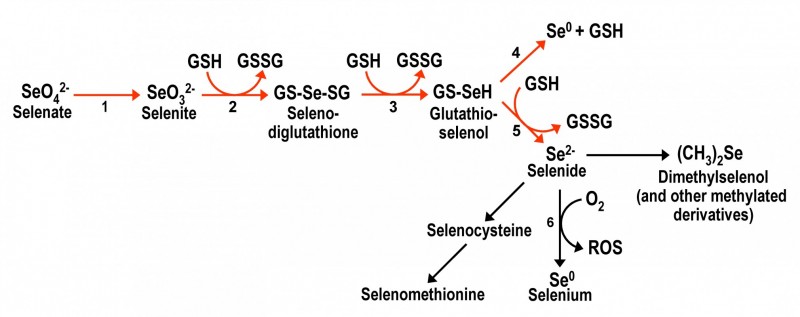FIGURE 1: Scheme for the metabolic reduction of inorganic selenium forms, and their conversion into organic forms.
Reductive reactions are indicated with red arrows. Arrow 1 corresponds to the reactions involving ATP sulfurylase and other enzymes that take part in the initial steps of the sulfate assimilation pathway. Reactions 2 to 5 are non-enzymatic and result in the net conversion of reduced glutathione (GSH) into oxidized glutathione (GSSG). Reaction 6 is also non-enzymatic and results in the formation of diverse reactive oxygen species. Adapted from [25], [26], [27] and [36].
25. Spallholz JE (1997). Free radical generation by selenium compounds and their prooxidant toxicity. Biomed Environ Sci 10(2-3): 260-270. http://www.ncbi.nlm.nih.gov/pubmed/9315319
26. Letavayová L, Vicková V, and Brozmanová J (2006). Selenium: from cancer prevention to DNA damage. Toxicology 227(1-2): 1-14. http://dx.doi.org/10.1016/j.tox.2006.07.017
27. Sun HJ, Rathinasabapathi B, Wu B, Luo J, Pu LP, and Ma LQ (2014). Arsenic and selenium toxicity and their interactive effects in humans. Environ Int 69: 148-158. http://dx.doi.org/10.1016/j.envint.2014.04.019
36. Tarze A, Dauplais M, Grigoras I, Lazard M, Ha-Duong NT, Barbier F, Blanquet S, and Plateau P (2007). Extracellular production of hydrogen selenide accounts for thiol-assisted toxicity of selenite against Saccharomyces cerevisiae. J Biol Chem 282(12): 8759-8767. http://dx.doi.org/10.1074/jbc.M610078200

